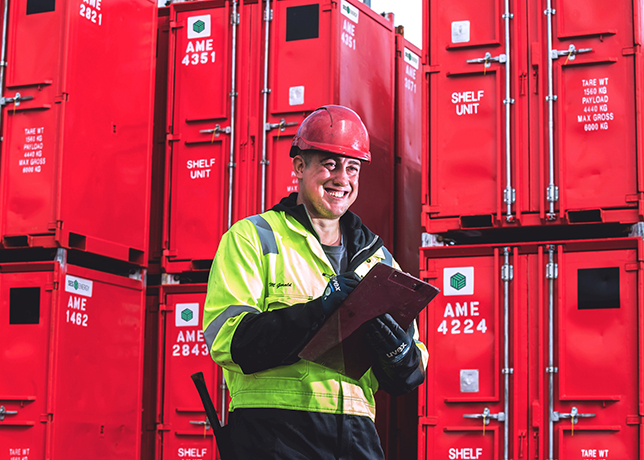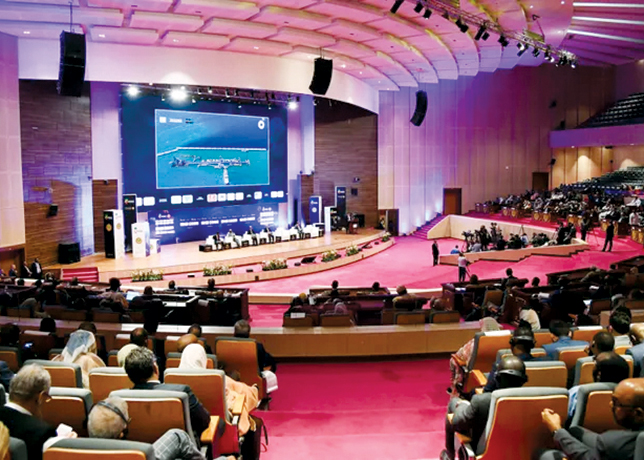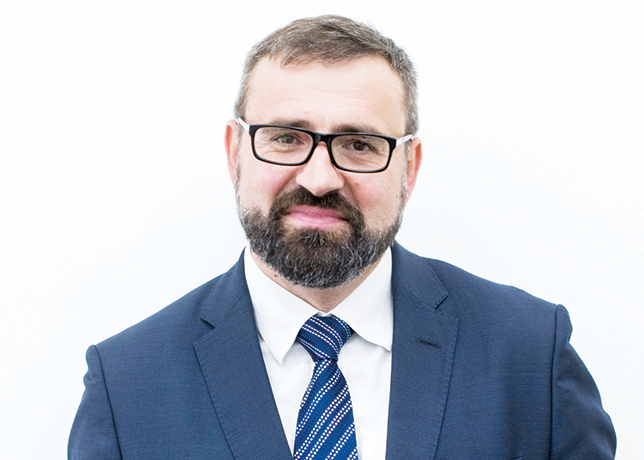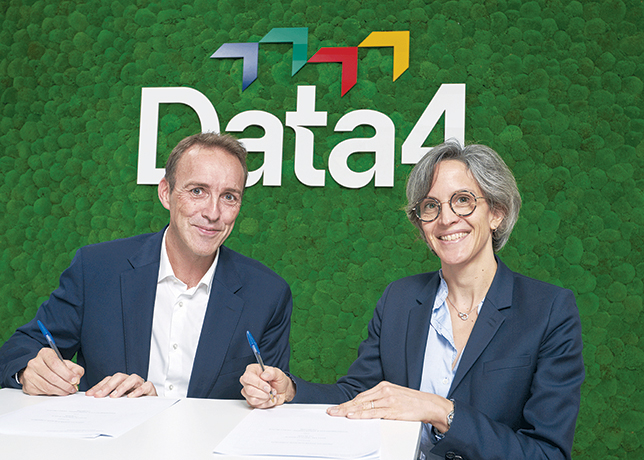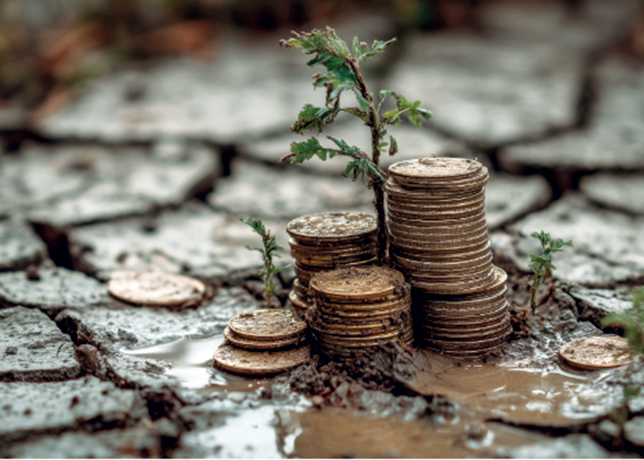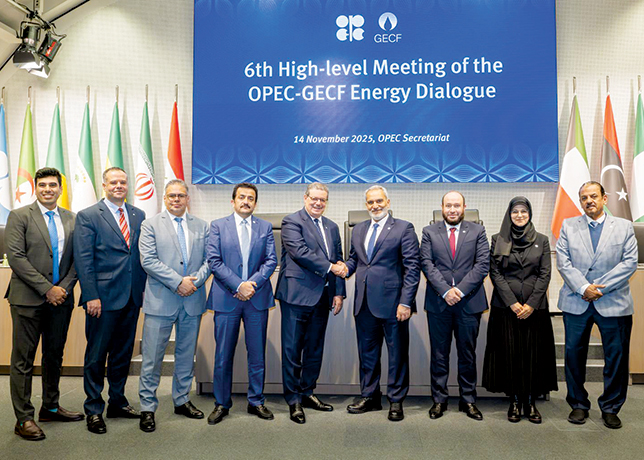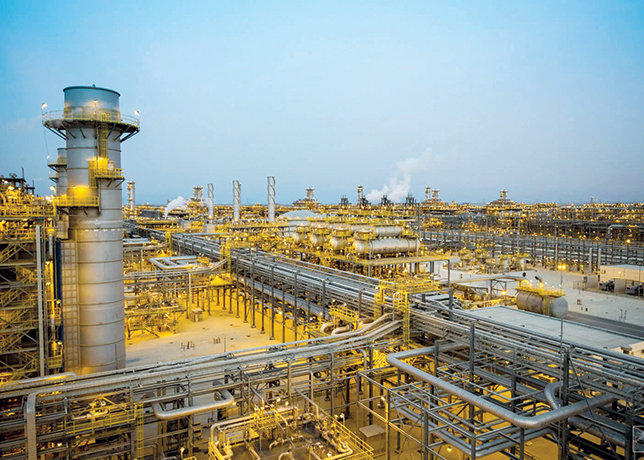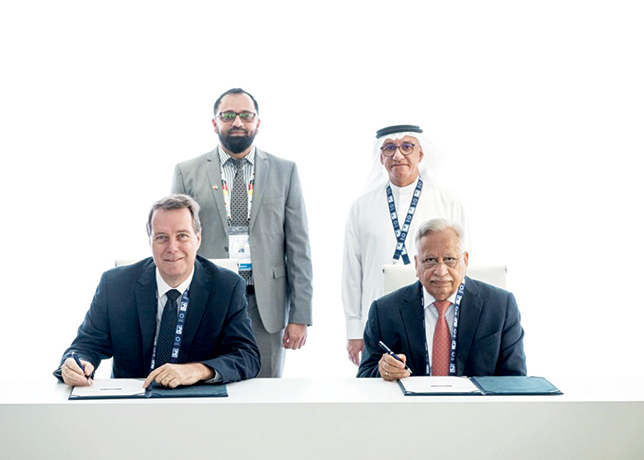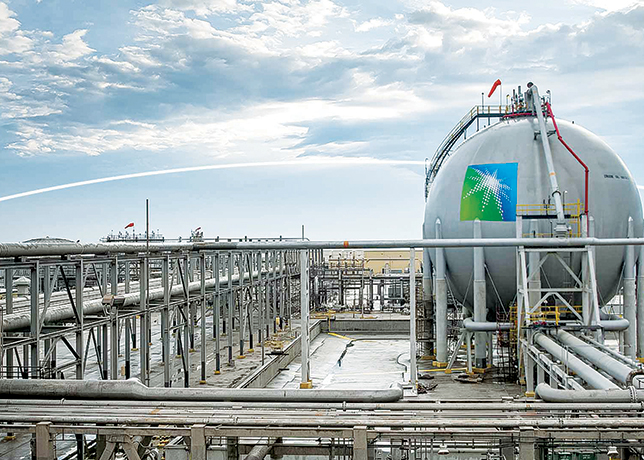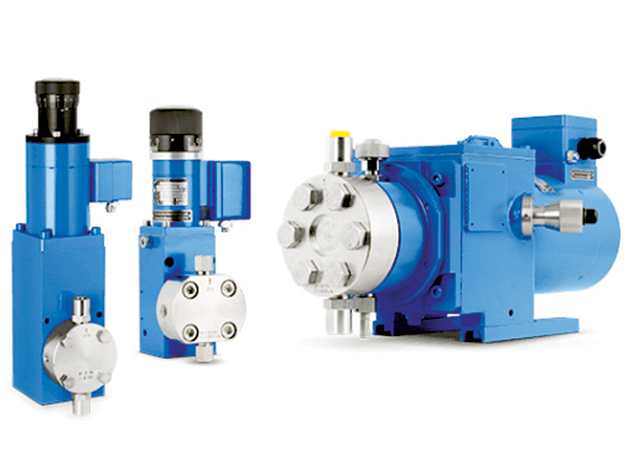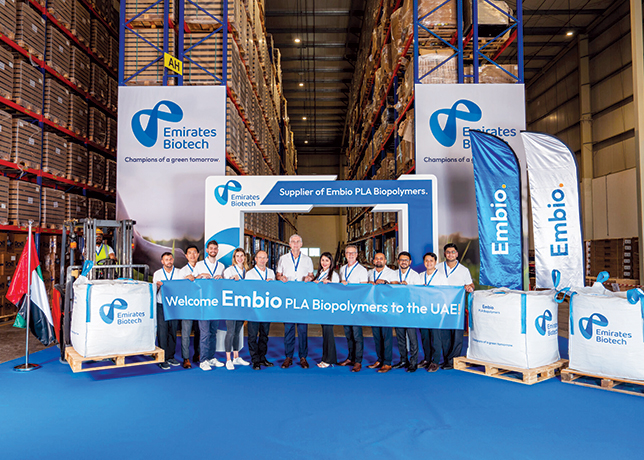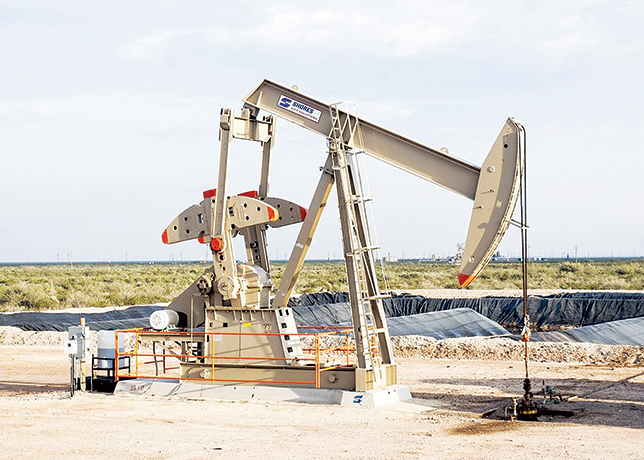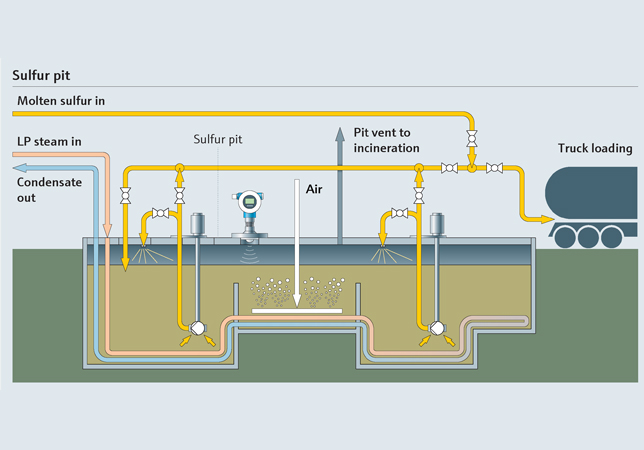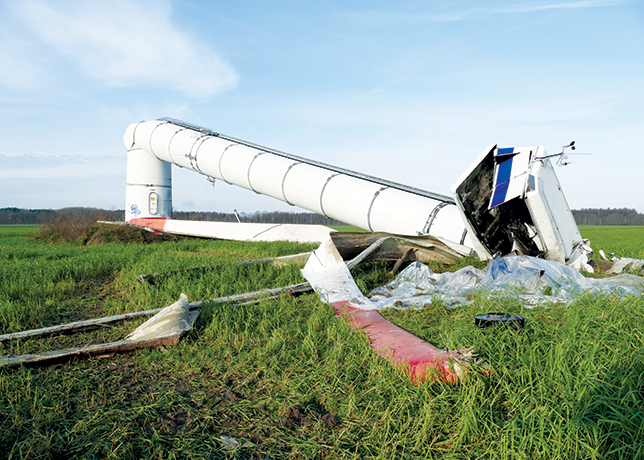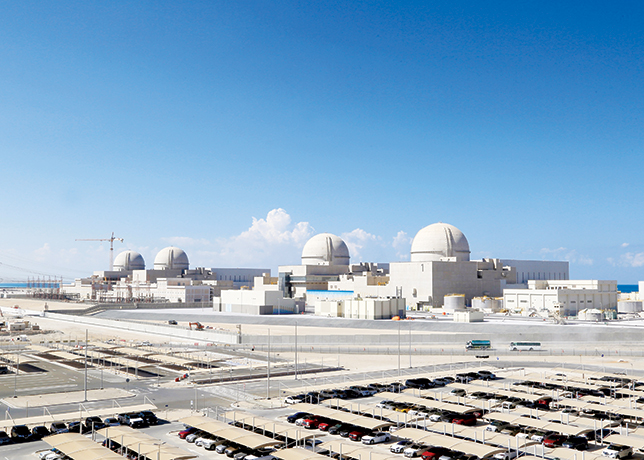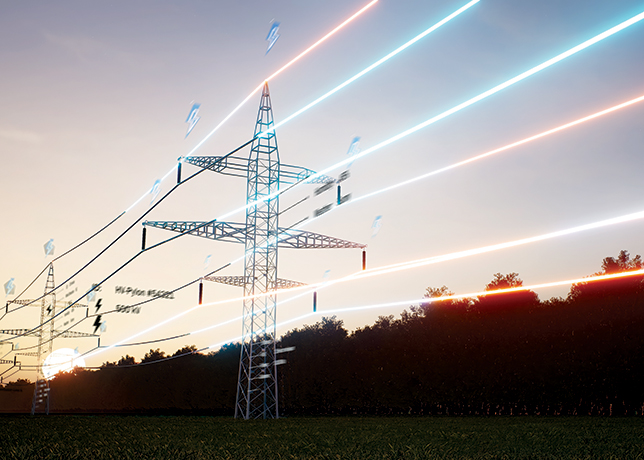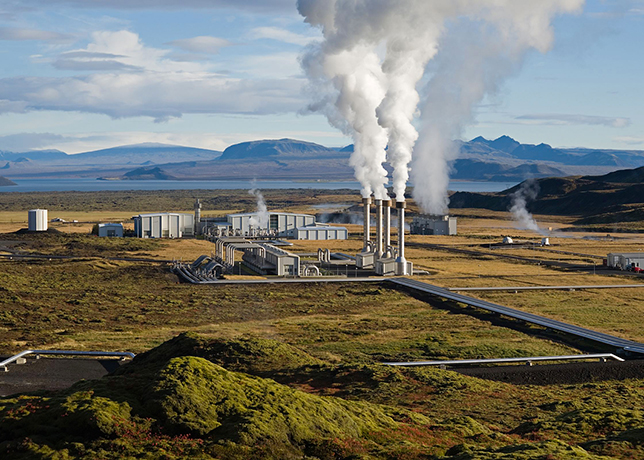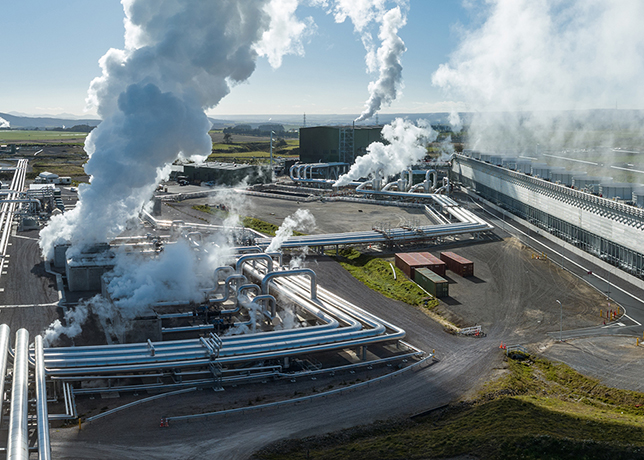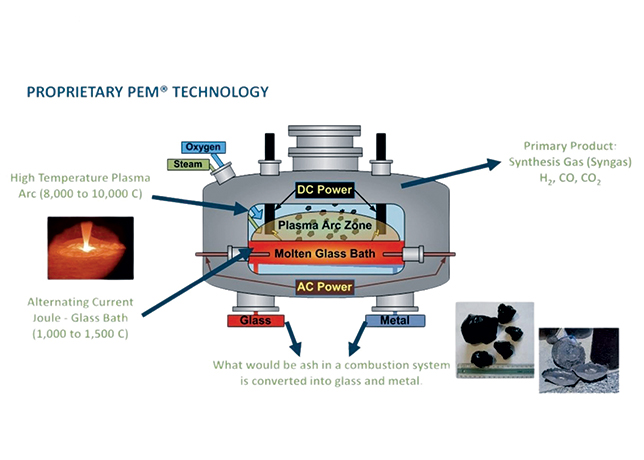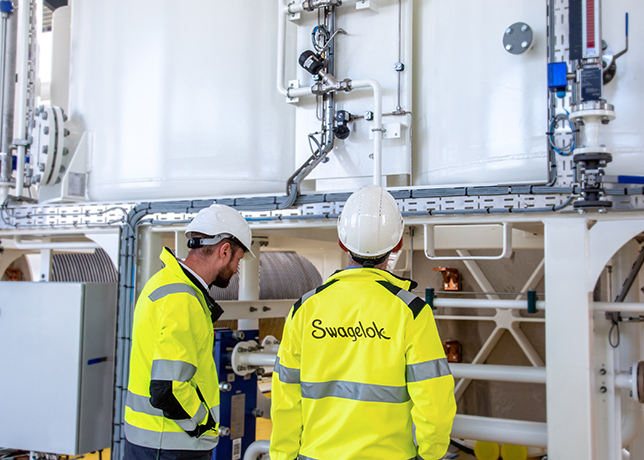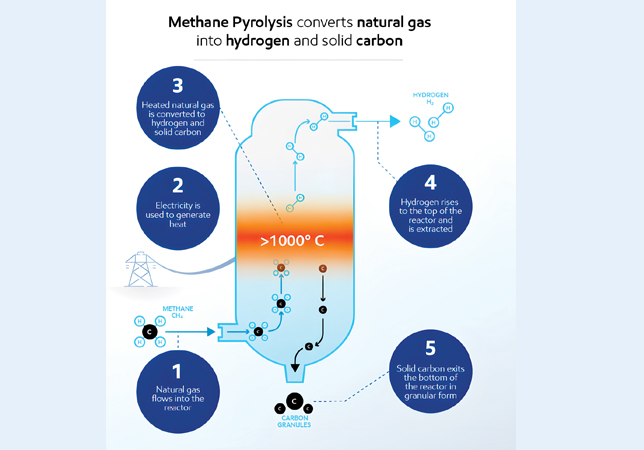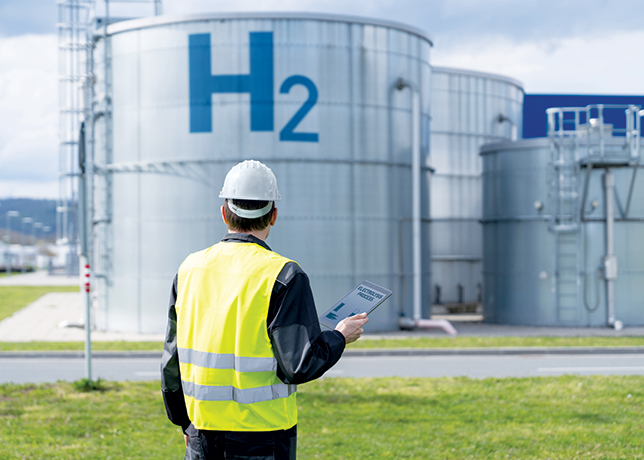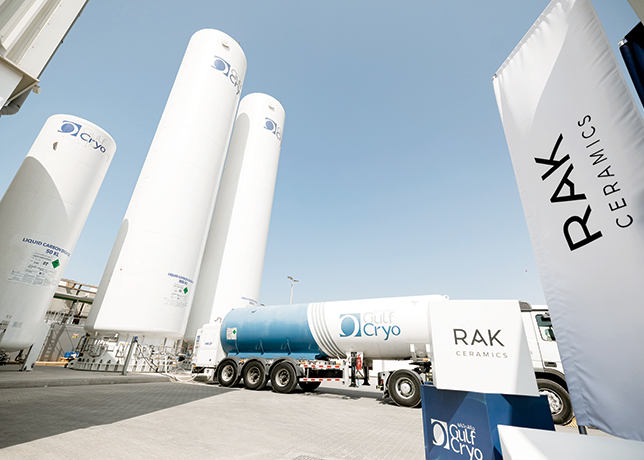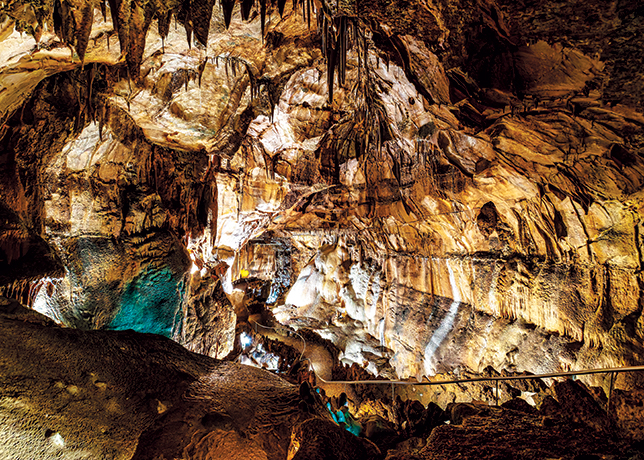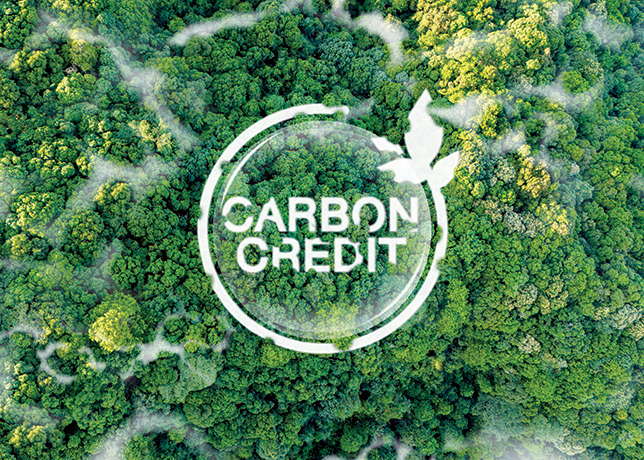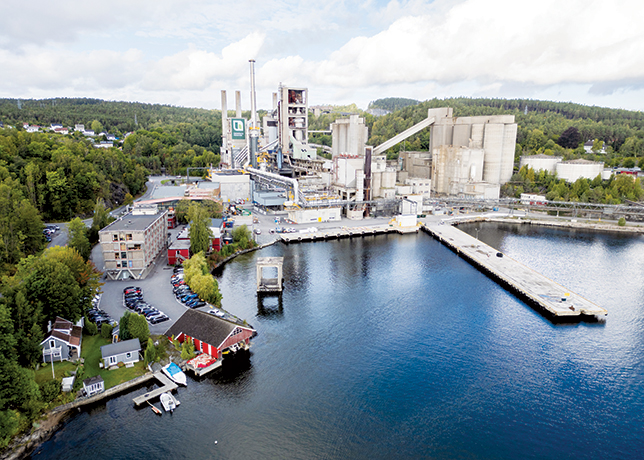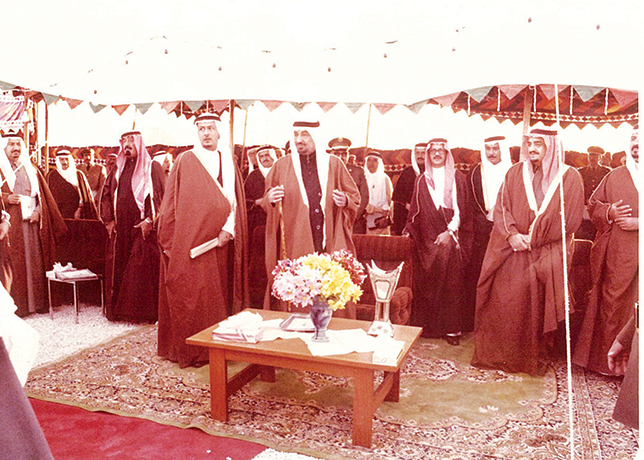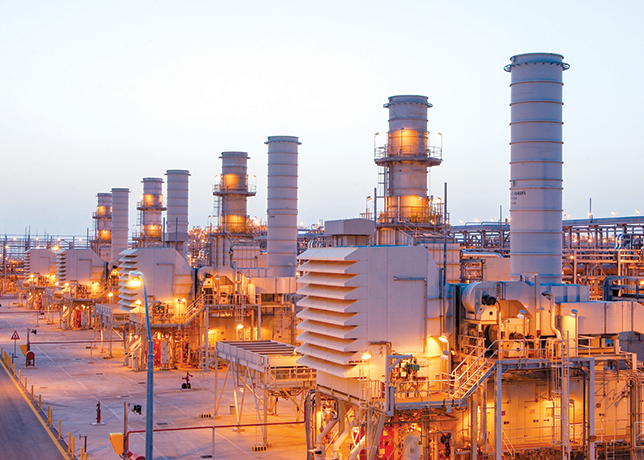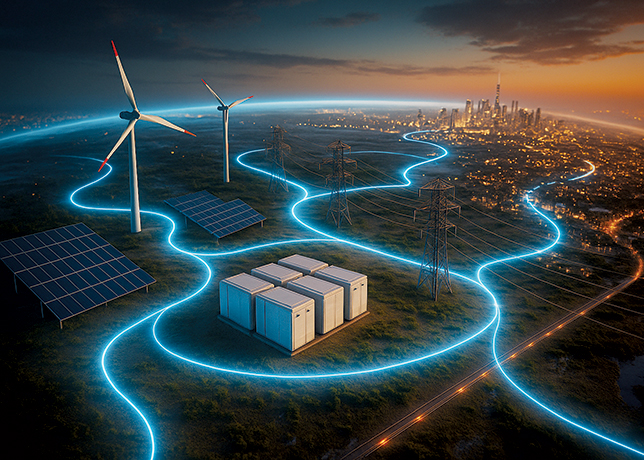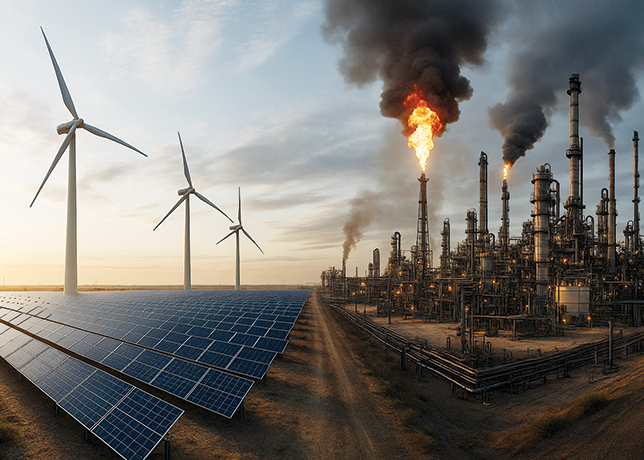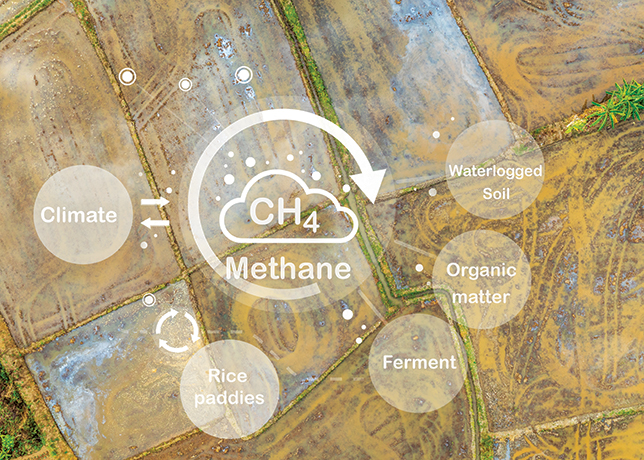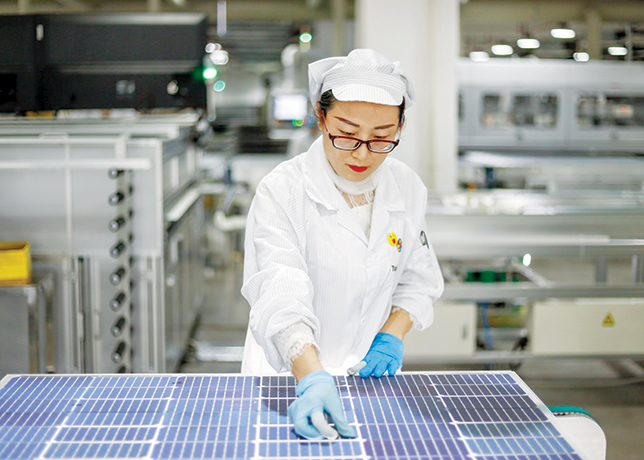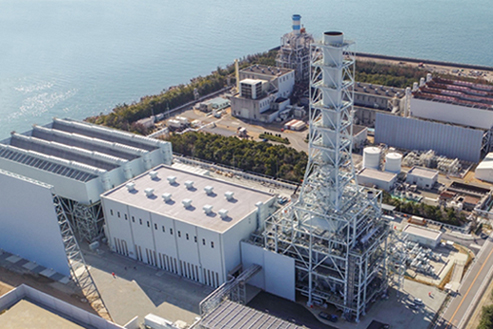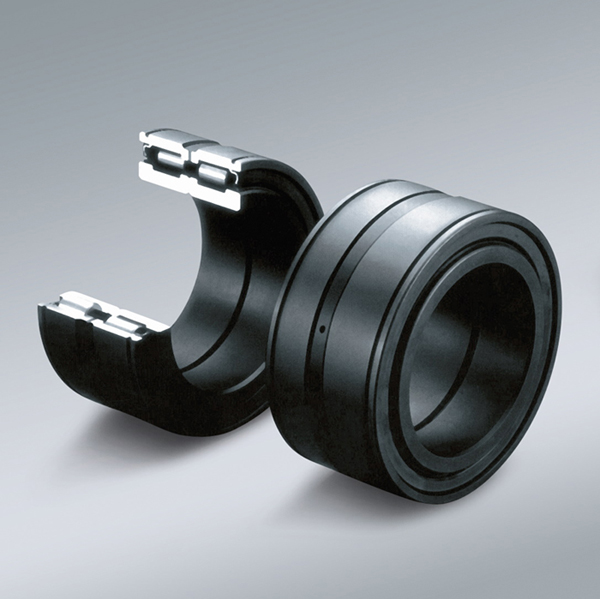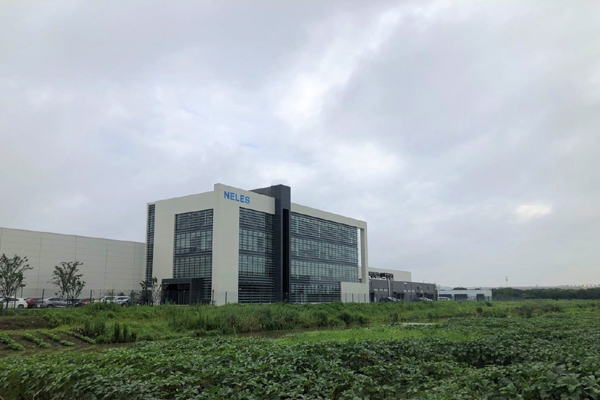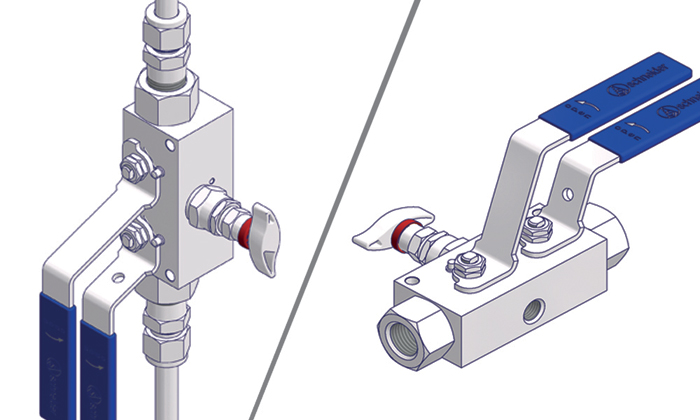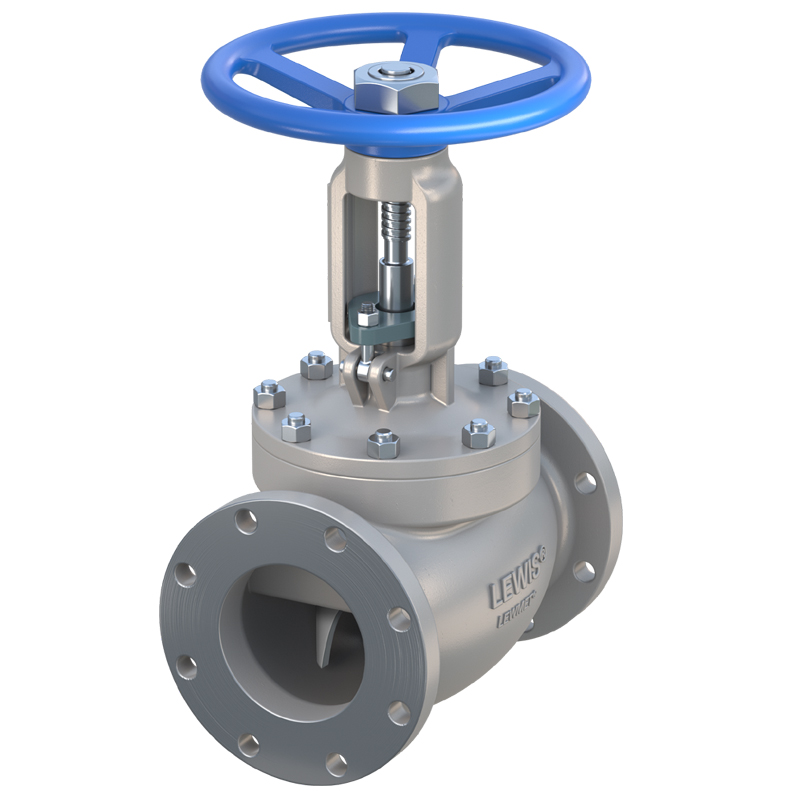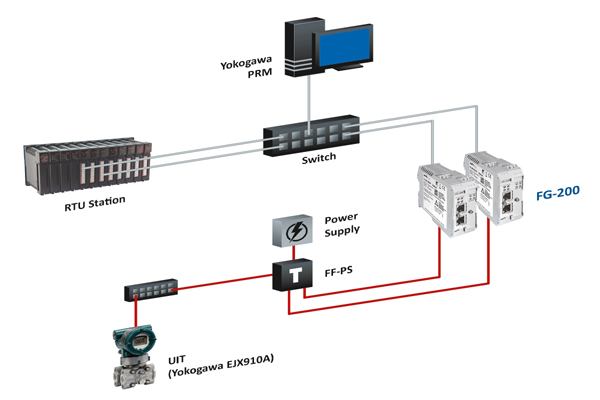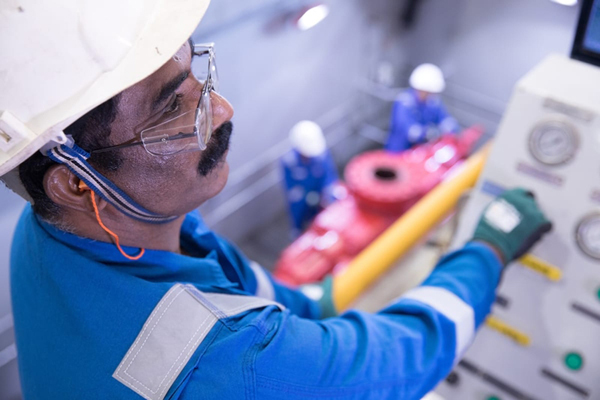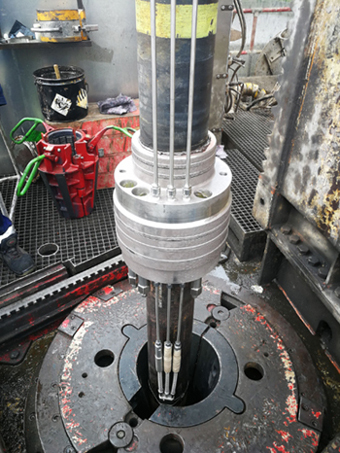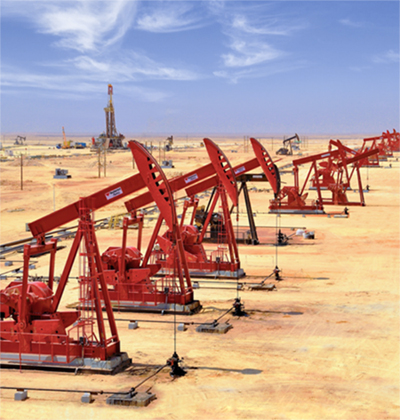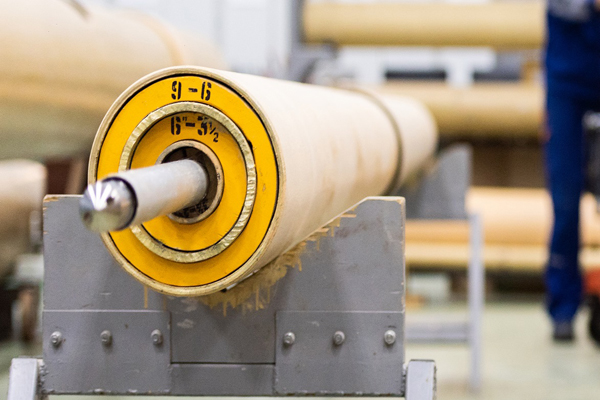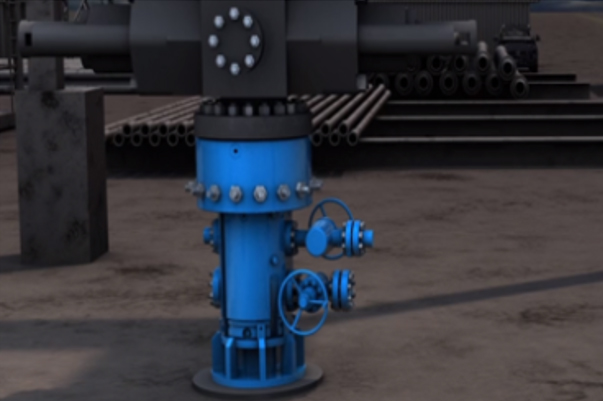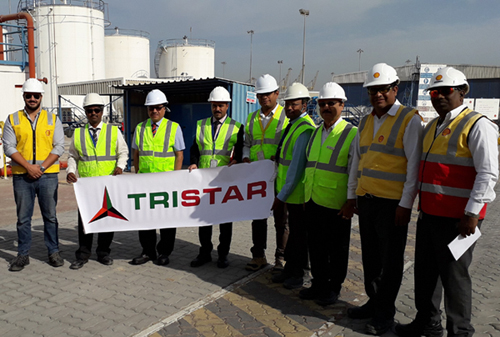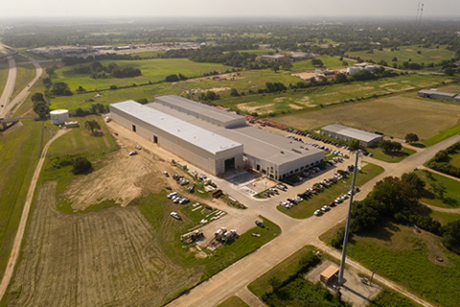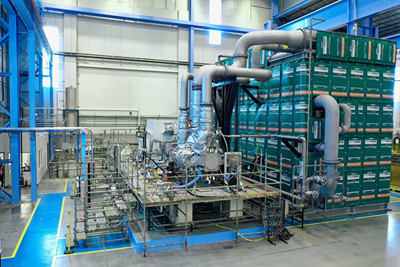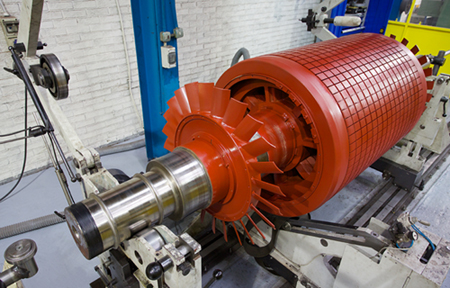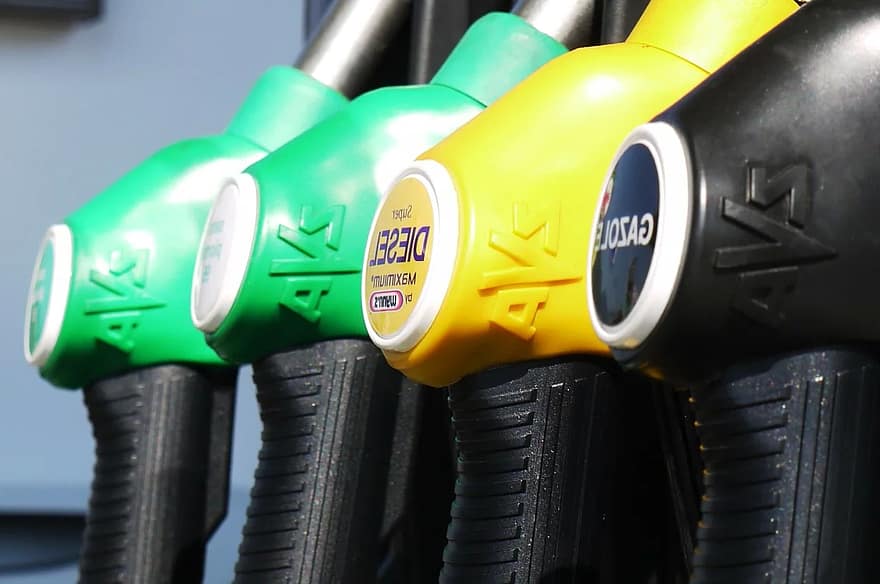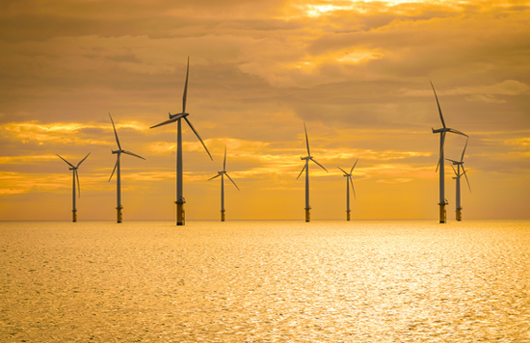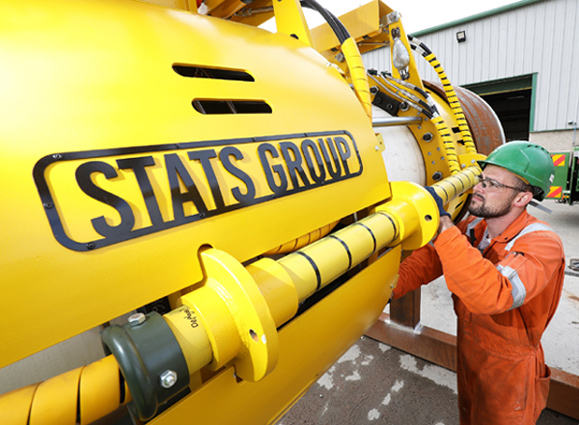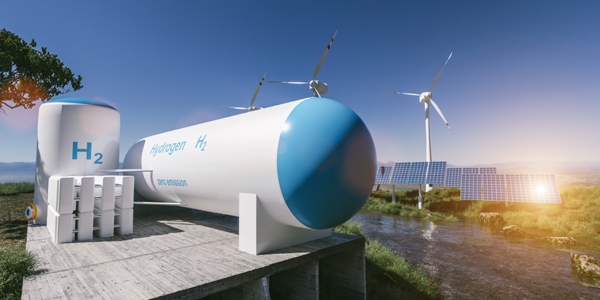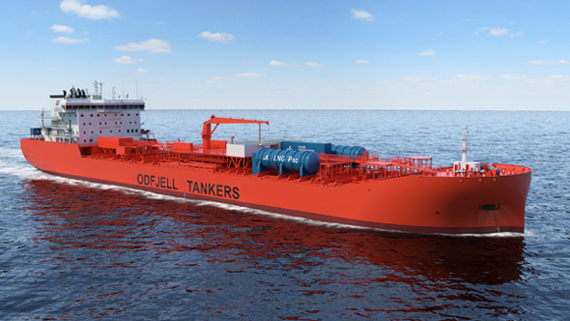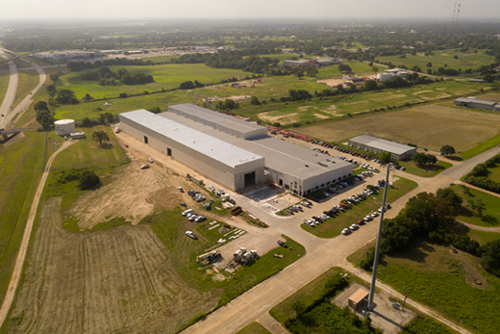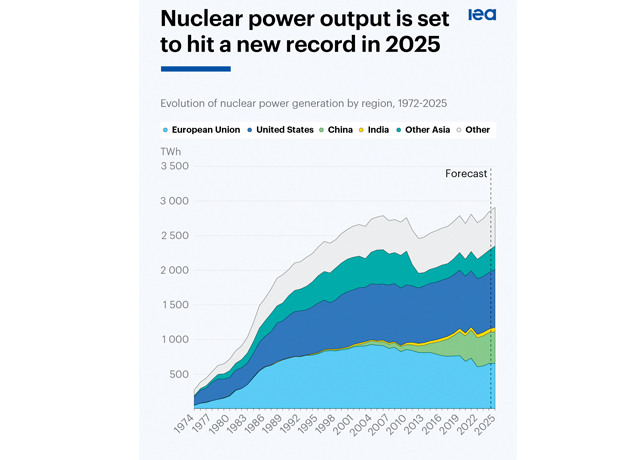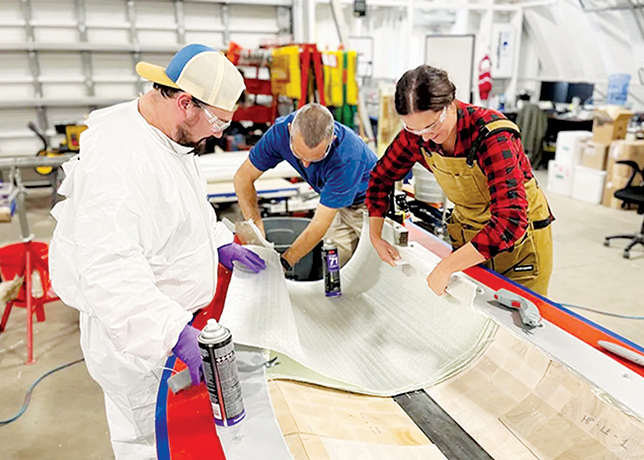

A recent report from the US Department of Energy (DOE) emphasises strategies to enhance the recycling and reuse of decommissioned wind energy equipment, contributing to a more circular economy and sustainable supply chain.
The findings indicate that the US has the capability to process 90 per cent of the mass of decommissioned wind turbines using existing infrastructure.
However, the remaining 10 per cent necessitates innovative recycling methods and new strategies to ensure a sustainable wind energy sector.
This research is crucial, especially as it guides over $20 million in investments from the Bipartisan Infrastructure Law aimed at advancing technologies to address these challenges.
"The US already has the ability to recycle most wind turbine materials, so achieving a fully sustainable domestic wind energy industry is well within reach," said Jeff Marootian, principal deputy assistant secretary for the Office of Energy Efficiency and Renewable Energy. "Innovation is key to closing the loop, and this research will help guide national investments and strategies aimed at advancing technologies that can solve the remaining challenges and provide more affordable, equitable, and accessible clean energy options to the American people."
The report, titled "Recycling Wind Energy Systems in the United States Part 1," assesses the research, development, and demonstration (RD&D) needs within the wind energy supply chain to facilitate a transition towards sustainability.
Developed by a team led by the National Renewable Energy Laboratory, alongside Oak Ridge National Laboratory and Sandia National Laboratories, this report is the first in a series aimed at establishing RD&D priorities throughout the wind energy lifecycle.
Effective recycling and reuse of wind system components will require several measures, including:
Enhancing end-of-life decommissioning and scrap sorting practices, strategically locating recycling facilities, expanding recovery and recycling infrastructure, substituting hard-to-recycle materials with easier alternatives while improving design and manufacturing, optimising recovered materials for secondary applications, and increasing access to wind energy waste streams along with the necessary disassembly equipment.
Among the components, towers, foundations, and steel subcomponents are currently the most recyclable, while blades and generators present more significant challenges; thus, recovering critical materials like nickel and cobalt from generators is essential for establishing a circular economy in wind systems.
Short-term strategies include promoting the use of recyclable thermoplastic resins in blade production, potentially reusing these materials in cement production.
Medium- and long-term prospects may involve advanced recycling techniques for power electronics and permanent magnets.
Regional factors, including material demand and workforce availability, will be critical in determining the success and cost-effectiveness of these recycling efforts.








